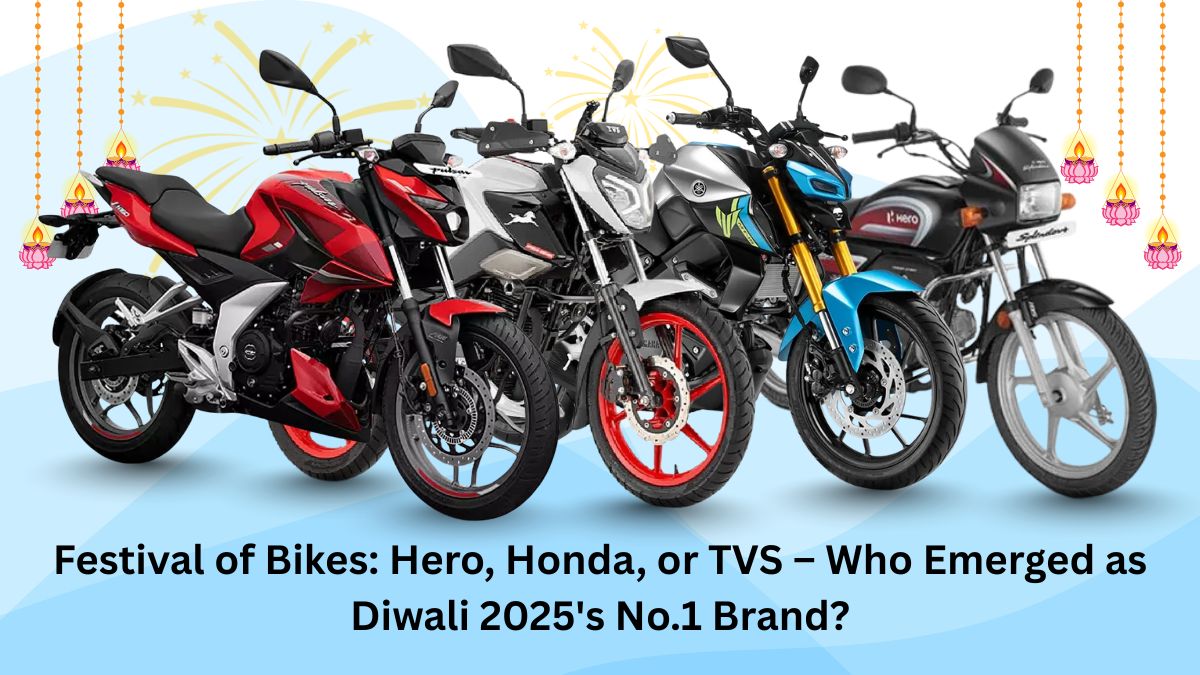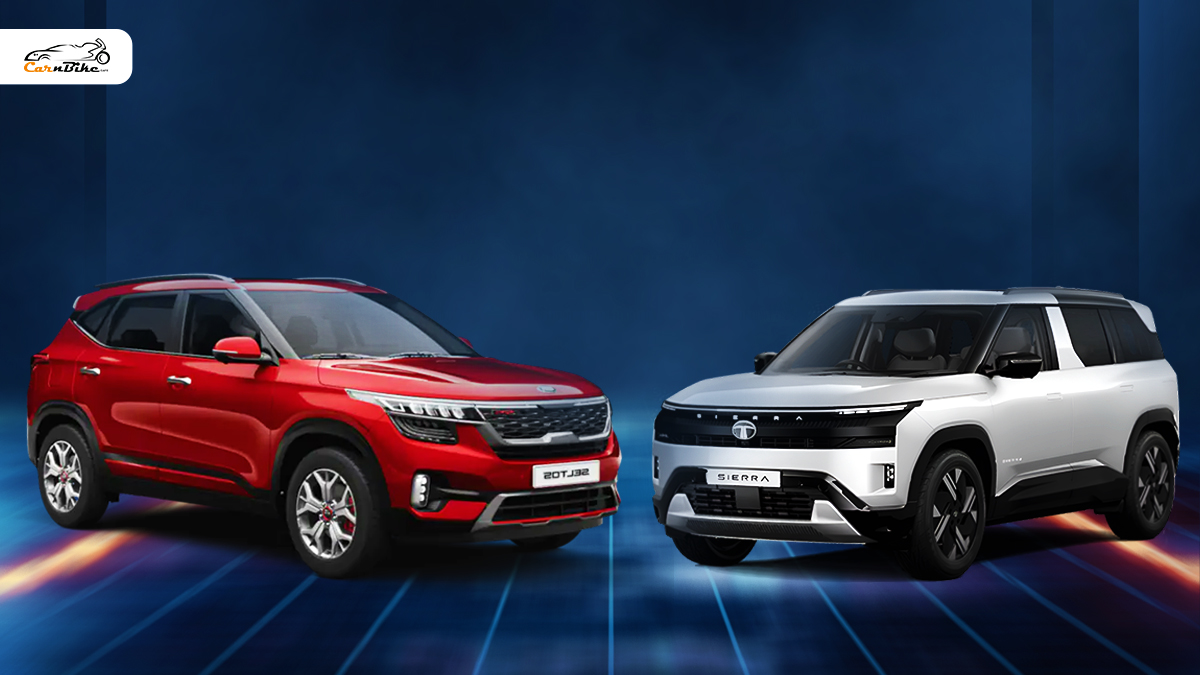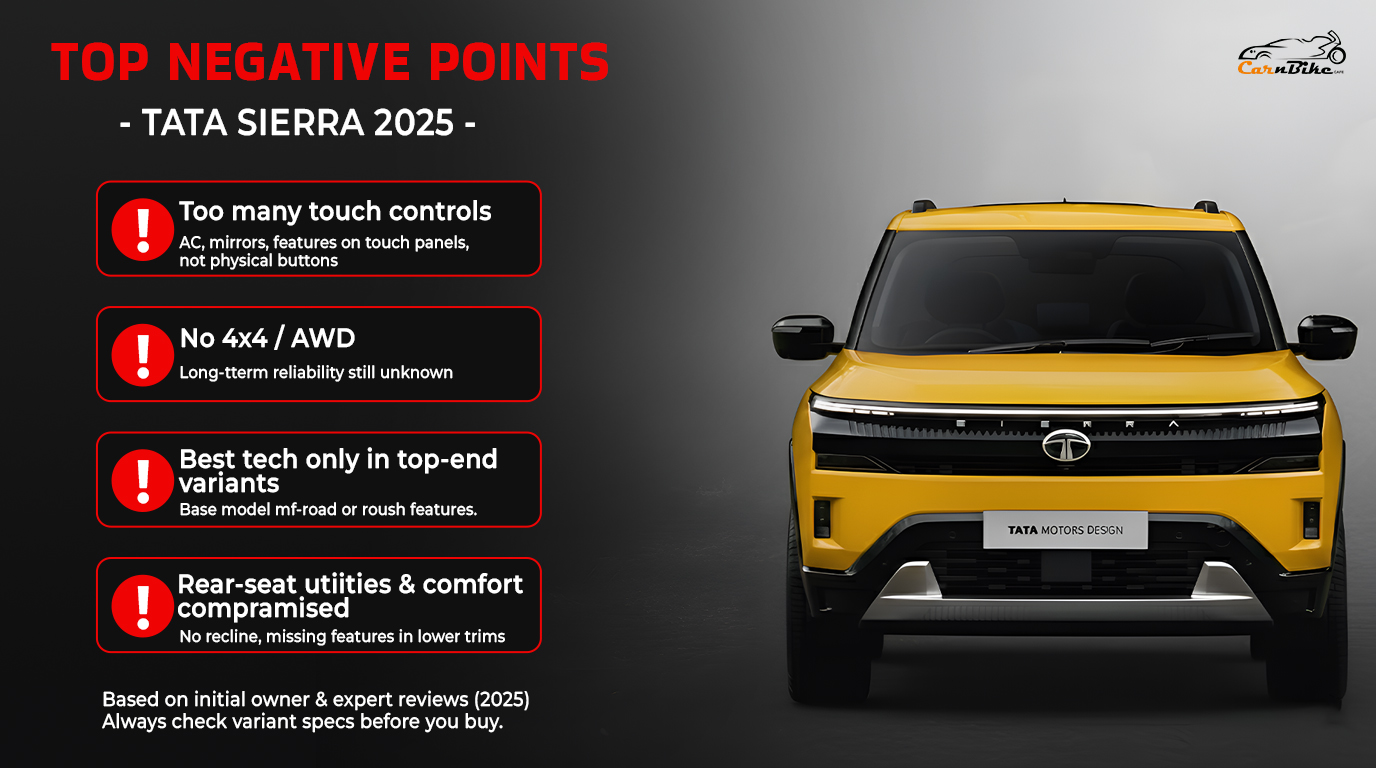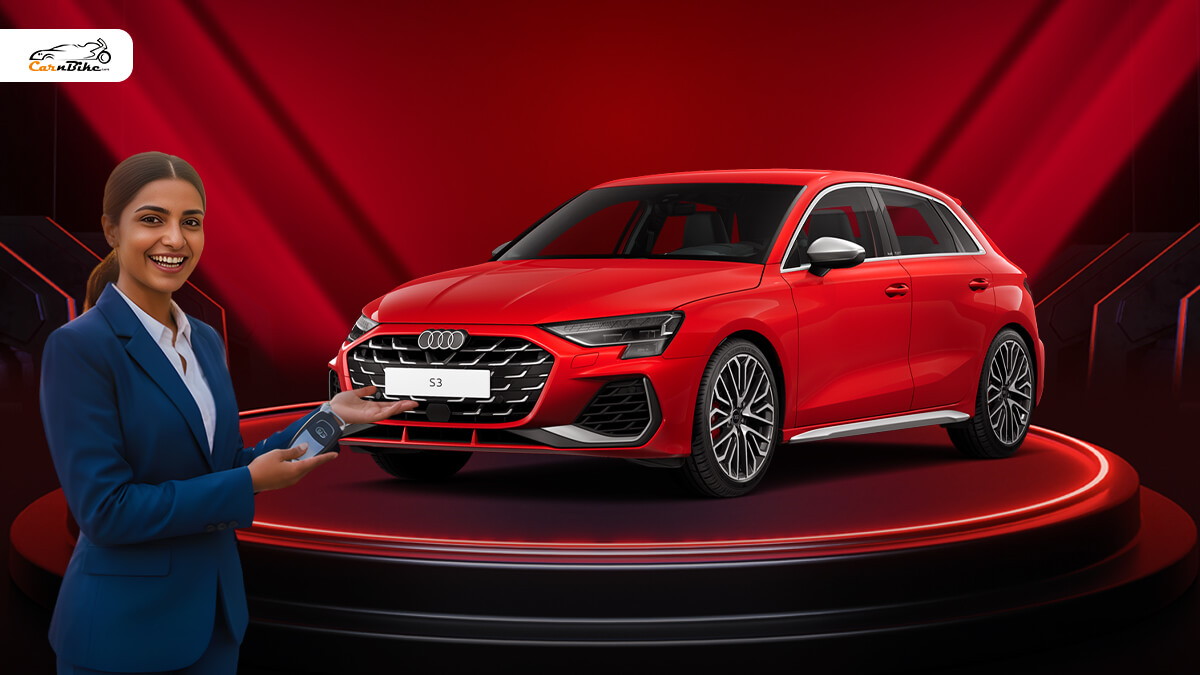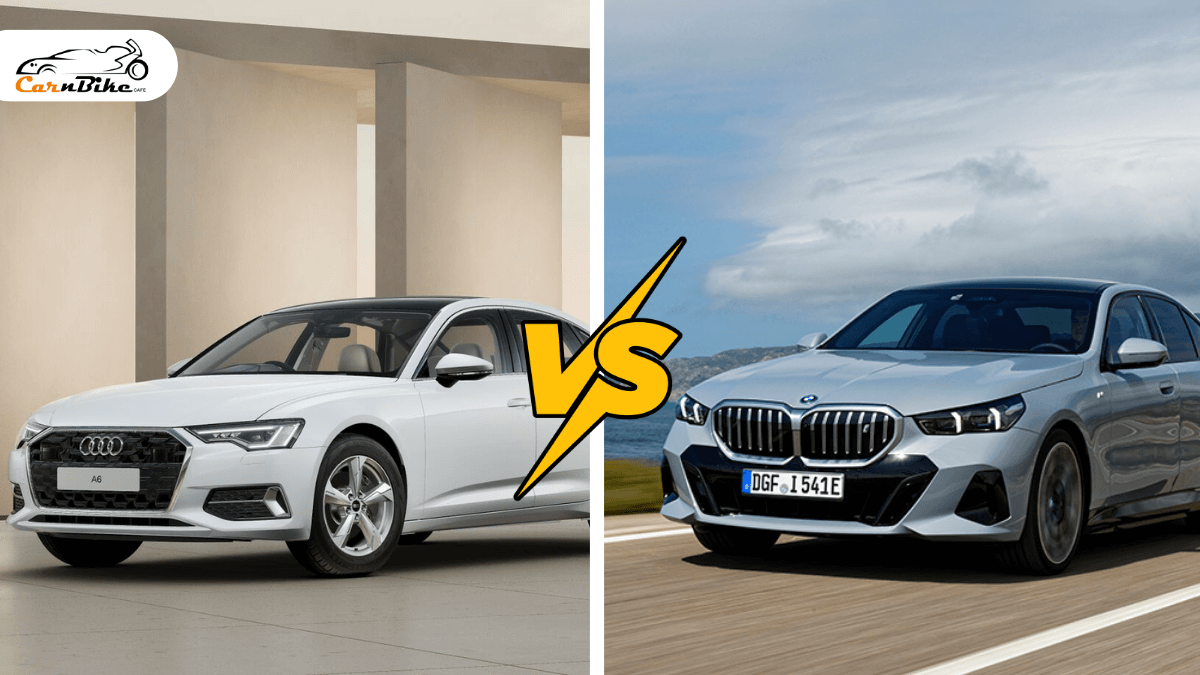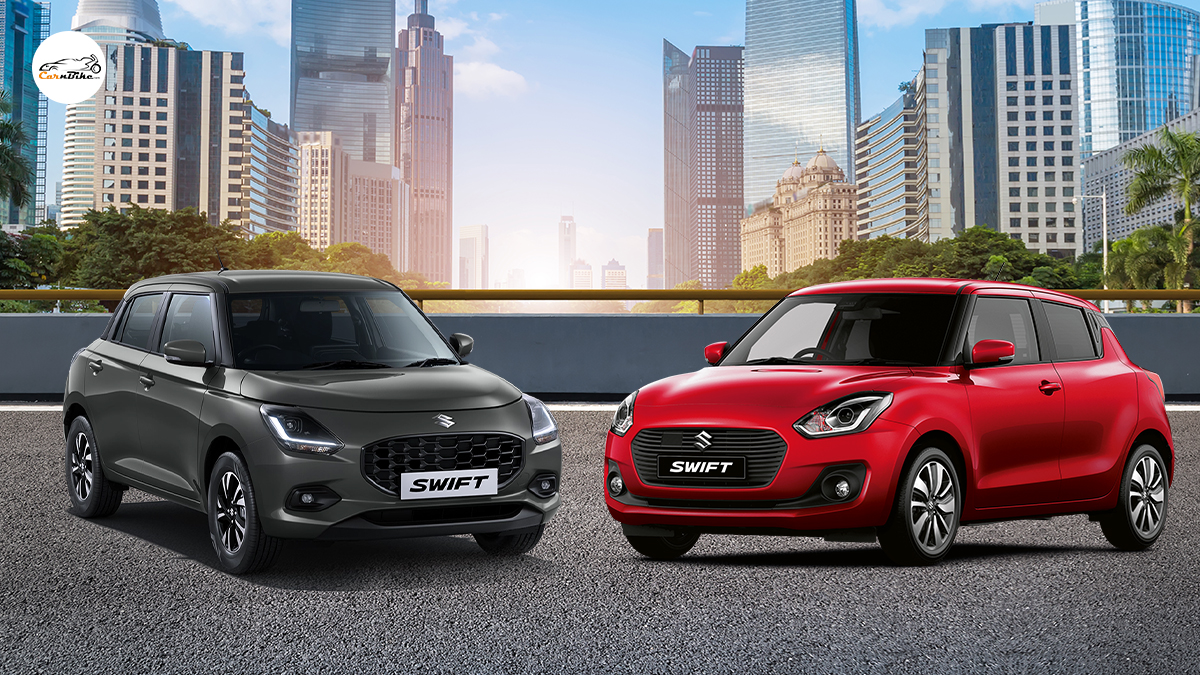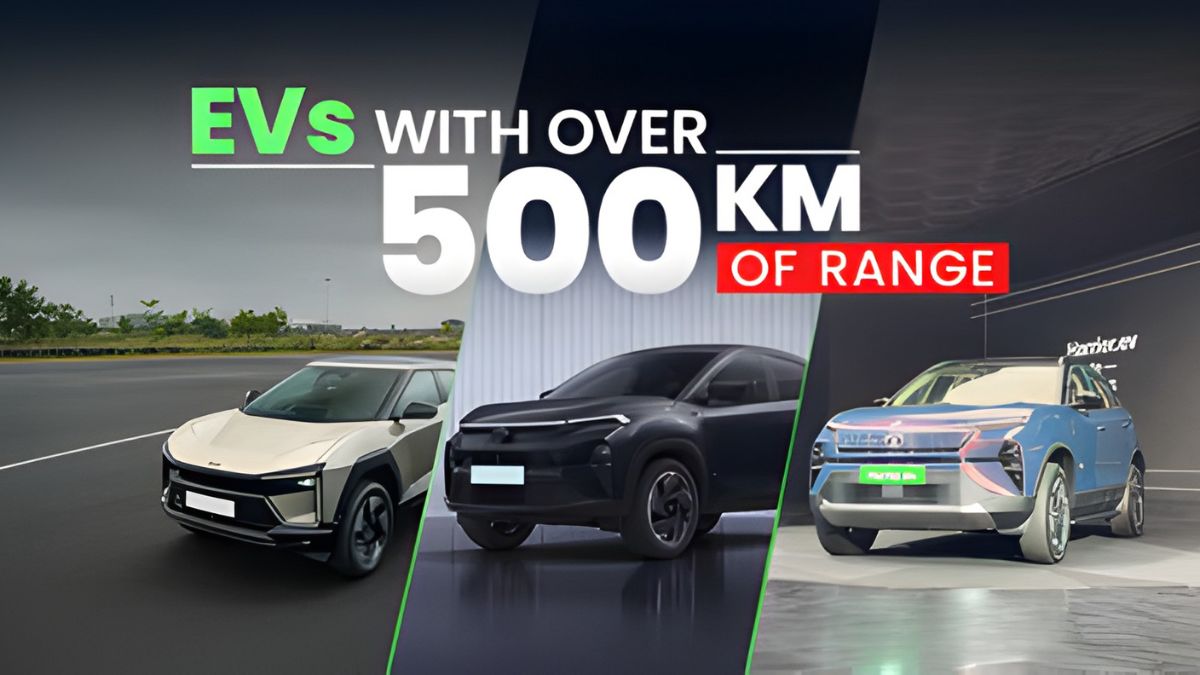Chandigarh Expands Electric Vehicle Incentives for Cars & Two-Wheelers
- Electric-bike
- 02 Aug, 2025
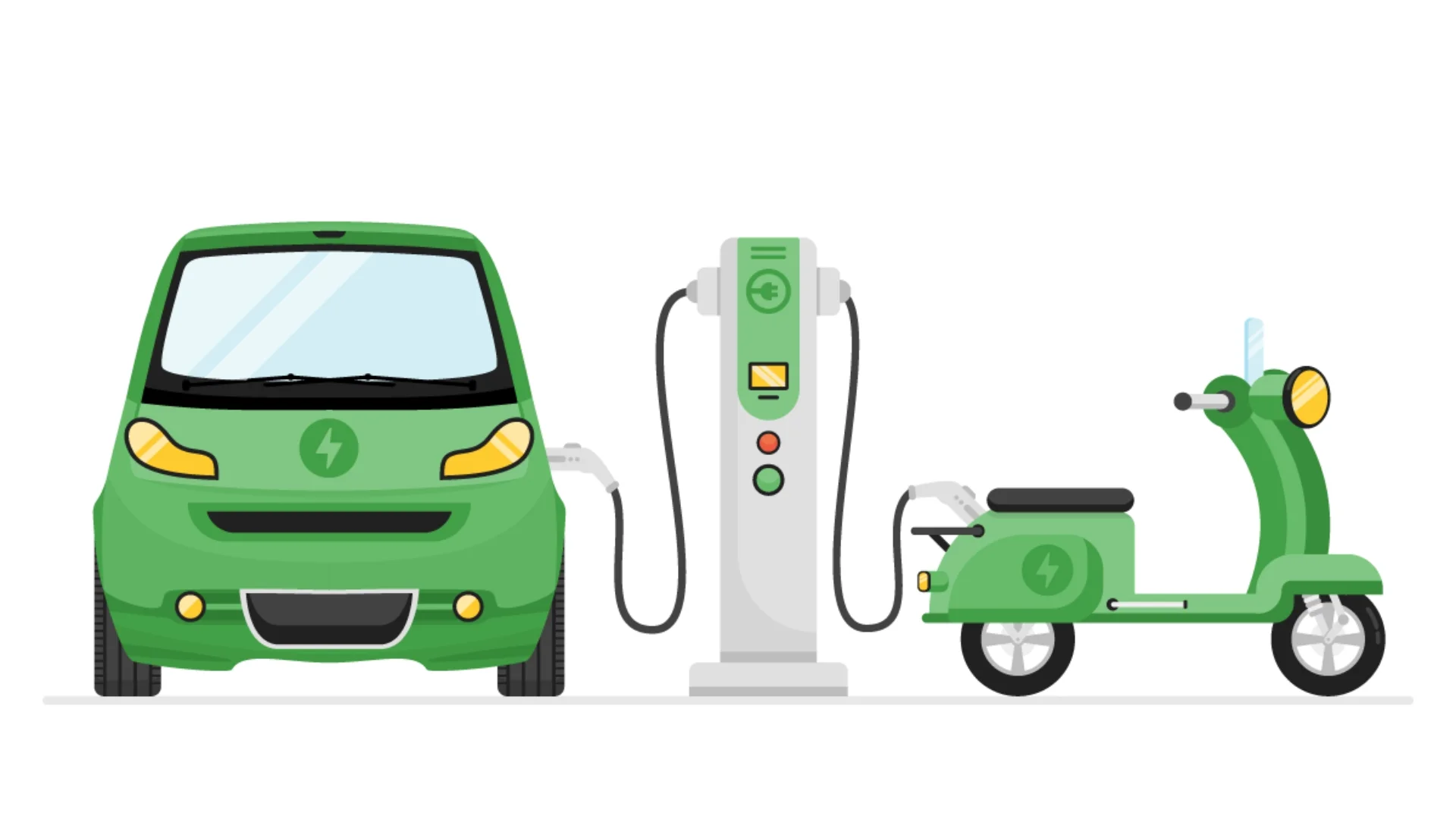
Chandigarh, August 2, 2025 — In a significant move to accelerate the transition to electric mobility, the Chandigarh administration has expanded incentives under its EV Policy‑2022 for both electric cars and two‑wheelers. The revisions follow a sharp fall in registrations after the initial subsidy caps were reached late last year.
Lead: UT Moves To Revive Slumping EV Uptake
With registrations for e‑cars dropping steeply after the initial quota of 2,000 cars was exhausted in November 2023, the UT Electric Vehicle Advisory Committee has increased the cap by 1,500 more personal electric cars. The expanded policy also provides enhanced incentives for electric two‑wheelers, including insurance benefits and gender‑specific subsidies aimed at encouraging broader adoption.
Main Body: Incentive Boosts and Impact
Under the original policy introduced in September 2022, incentives had been offered for up to 42,000 electric vehicles across categories: 2,000 personal-use e‑cars, 10,000 e‑two‑wheelers, and 25,000 e‑bicycles. Incentive amounts ranged from small subsidies (₹3,000) to ₹1.5 lakh per vehicle, depending on type and battery capacity.
- E‑cars (personal use): Cap increased from 2,000 to 3,500 units, eligible for subsidies of ₹5,000 per kWh of fixed battery capacity, capped at ₹1.5 lakh per car. Incentives will also be paid retroactively to approximately 200 vehicle buyers who purchased after the initial quota was exhausted.
- E‑two‑wheelers: Subsidy increased from ₹5,000/kWh to ₹10,000/kWh, with a limit of ₹30,000 per vehicle. Women buyers are eligible for enhanced benefits of ₹12,500/kWh, capped at ₹37,500. Additionally, a new insurance incentive of ₹5,000 will be provided for eligible e‑two‑wheelers priced under ₹1.5 lakh.
- E‑bicycles: Subsidy increased from ₹4,000 to ₹6,000 per bicycle, maintaining 25% of the cost threshold.
To date, roughly ₹35 crore have been disbursed under the scheme, benefiting about 5,388 EV registrations, including 2,000+ e‑cars and over 3,000 two‑wheelers. EV penetration has reached 13.5% in FY 2024‑25, with a goal of 18% by year-end.
Infrastructure & Digital Tools
Chandigarh also recently launched its dedicated EV portal, enabling users to apply online for subsidies, track application status in real time, and access integrated maps of public charger locations. Additionally, a pilot project has been initiated to power select public charging stations using solar energy, further aligning with the city’s green mobility goals.
Expert Insight & Strategic Outlook
Tara Mehta, an urban mobility consultant, commented: “Restoring and expanding these incentives is essential—not only to revive registrations but also to send a strong signal that Chandigarh remains committed to EV leadership in India.”
A policy official, speaking on condition of anonymity, added: “We reviewed usage patterns and understood that registrations dropped sharply after the subsidy quota ended. To meet our 18–20% EV penetration goal, expanding the incentives was imperative”.
Dr. Aarti Singh, sustainability expert at GreenDrive Analytics, noted: “The gender‑based subsidy boost is a commendable step. It may help increase EV adoption among women riders, a demographic often overlooked in mobility policy design.”
Conclusion
By reinstating and enhancing EV incentives for personal electric cars and two-wheelers, and strengthening digital access and infrastructure alignment, Chandigarh reinforces its ambition to be a national exemplar in sustainable urban transportation. With ₹35 crore in subsidies already paid, the city is now poised to regain registration momentum and edge closer to its 18‑20% EV penetration target by March 2026.
The policy overhaul also dovetails with broader climate action under the newly approved State Action Plan, which seeks to cut 1.26 crore tonnes of CO₂ by 2030 through measures including solar power expansion and electrification of public transport The Times of India.
As Chandigarh accelerates toward its EV aspirations, effective implementation and public uptake will determine whether it can truly lead India’s urban transition to cleaner, greener mobility.
Frequently Asked Questions (FAQs)
1. What changes have been made to Chandigarh's EV policy in 2025?
The Chandigarh administration has expanded the quota for EV incentives. The cap for personal-use electric cars has been raised from 2,000 to 3,500 units, and subsidies for two-wheelers and bicycles have also been increased. Retroactive subsidies will be offered to around 200 buyers who missed out after the original cap was reached.
2. How much subsidy is offered on electric cars under the revised policy?
Buyers of personal electric cars are eligible for a subsidy of ₹5,000 per kWh of battery capacity, capped at ₹1.5 lakh per vehicle, based on fixed battery size.
3. What are the new incentives for electric two-wheelers?
Electric two-wheelers now receive a subsidy of ₹10,000 per kWh, capped at ₹30,000. For women buyers, the subsidy is higher at ₹12,500 per kWh, capped at ₹37,500. Additionally, an insurance subsidy of ₹5,000 is now available for two-wheelers priced below ₹1.5 lakh.
4. Where can residents apply for EV subsidies in Chandigarh?
Residents can apply for subsidies and track their application status through the official EV portal: www.chandigarhev.com. The portal also features public charger locations and policy updates.
5. What is Chandigarh’s EV adoption target?
Chandigarh aims to achieve 18–20% EV penetration in vehicle registrations by the end of FY 2025–26. As of now, EV penetration has reached 13.5%, supported by infrastructure expansion and policy incentives.
Latest Bike News
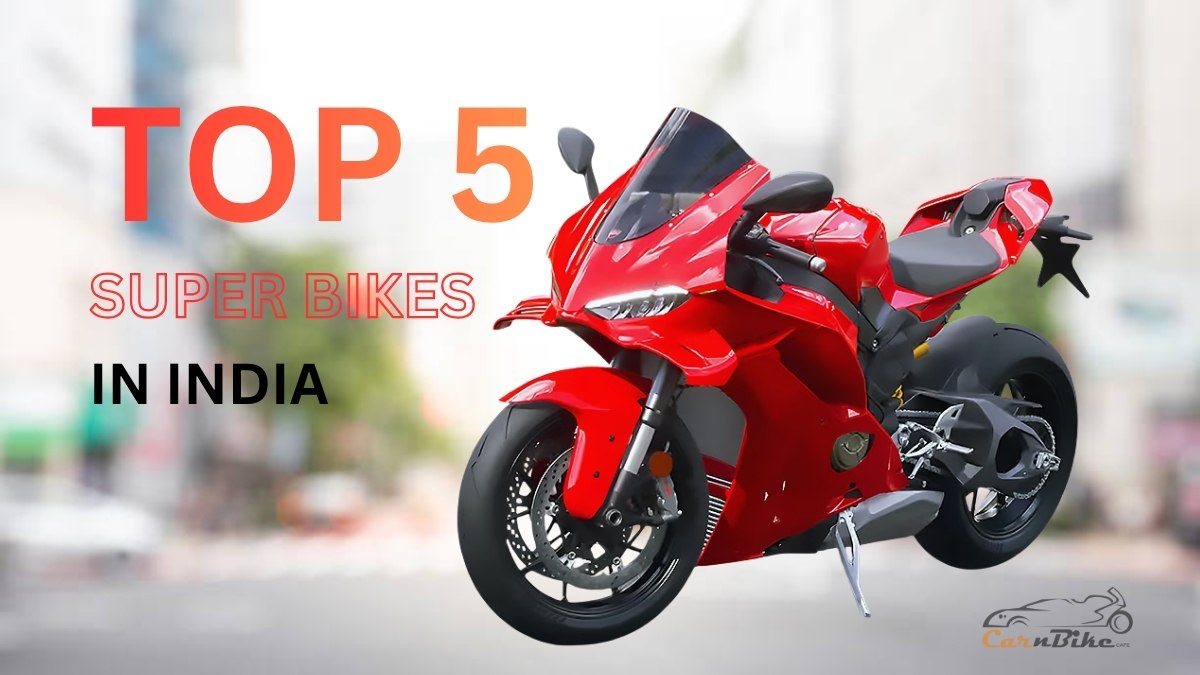
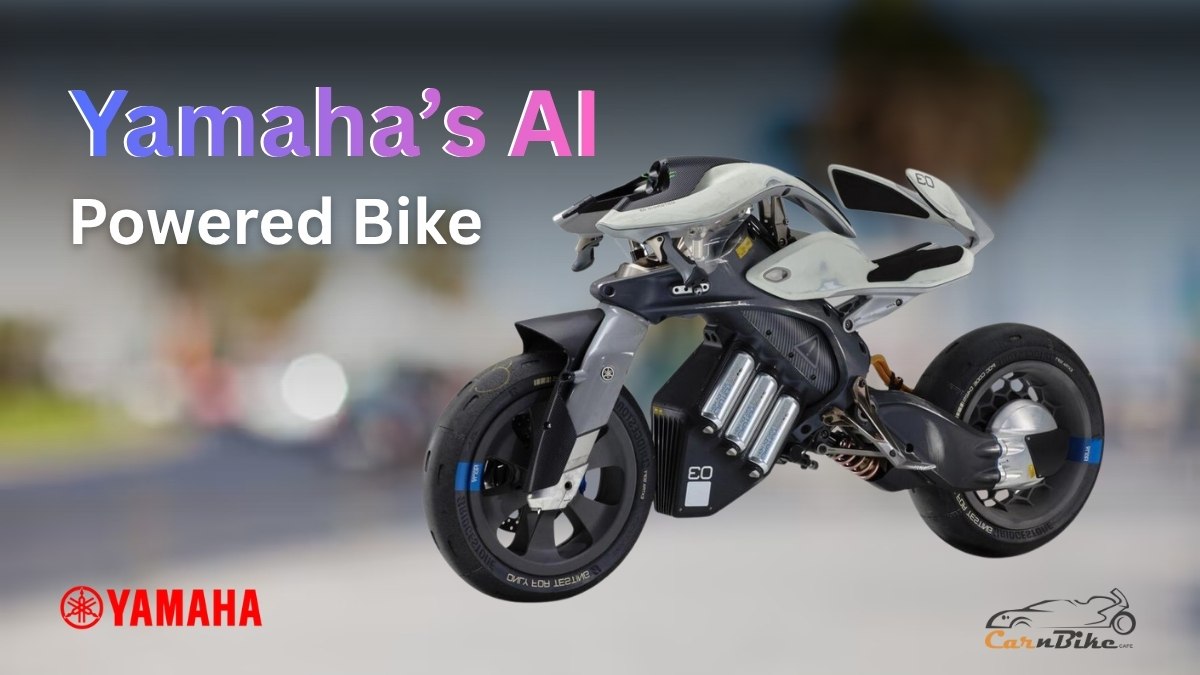
Yamaha’s AI-Powered Bike — The Machine That Learns to Ride!

TVS Raider 125 vs Hero Xtreme 125R – Which Bike Offers the Best Value for Money?
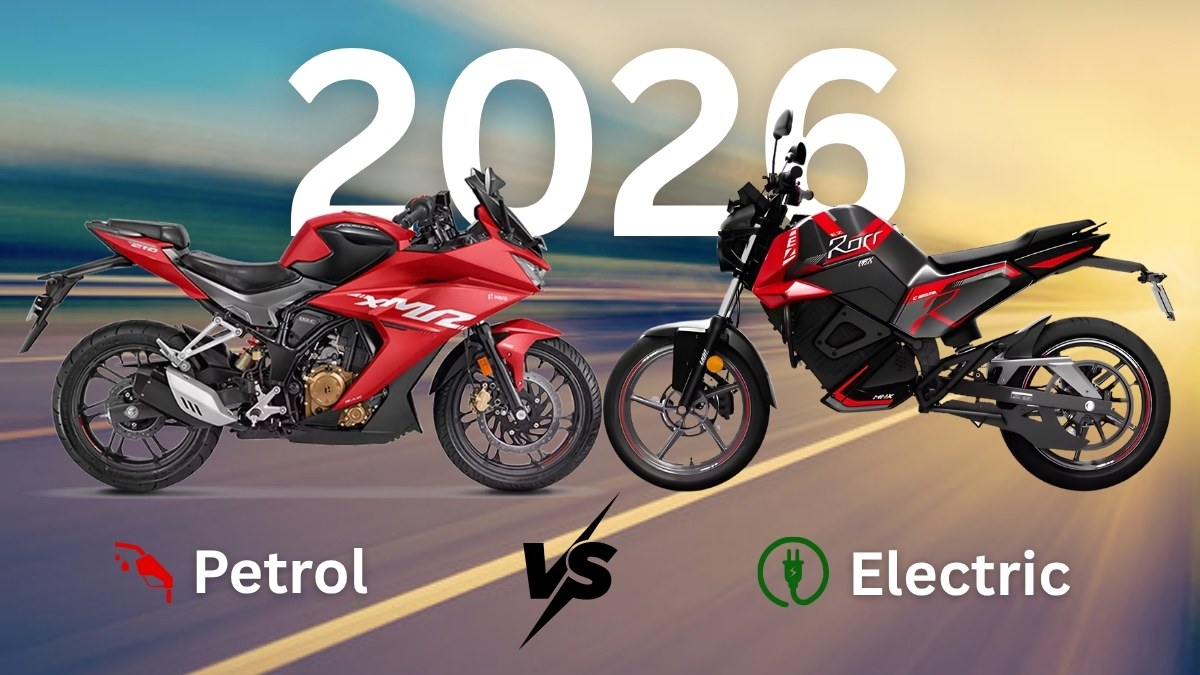
Electric vs Petrol Bike in 2026: Which One Should You Buy?
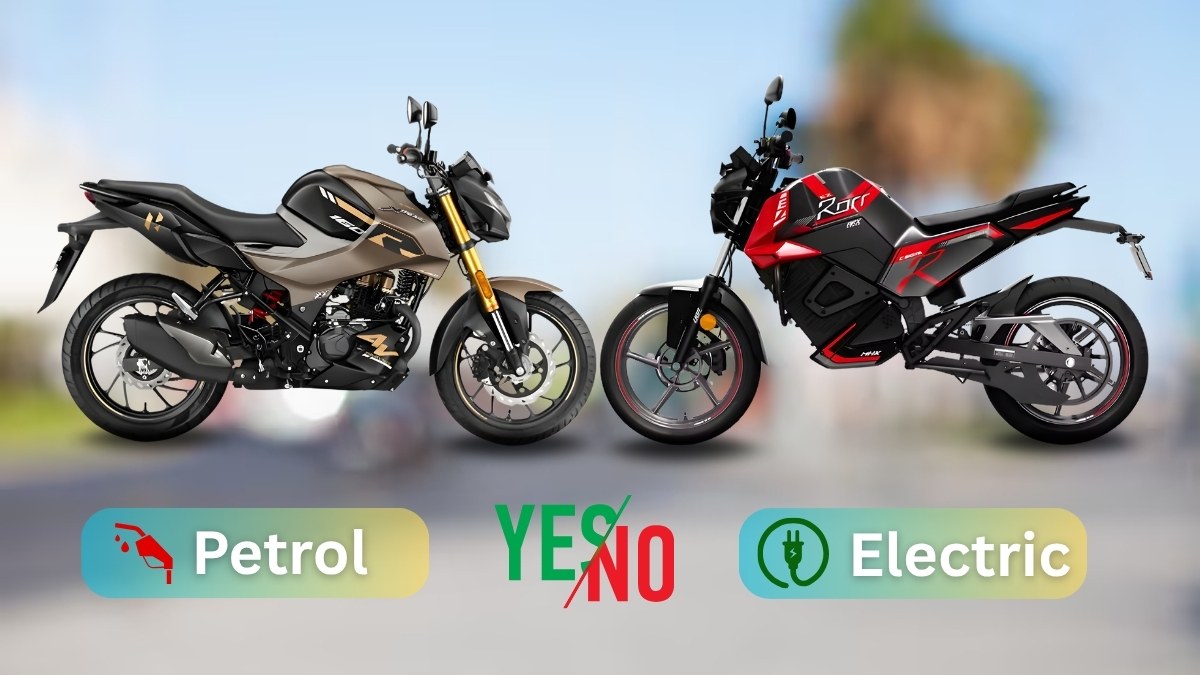
Petrol or Electric in 2026? The Truth Every Car Buyer Must Know!

Honda CB500X 2026 – India Launch Confirmed Adventure Tourer
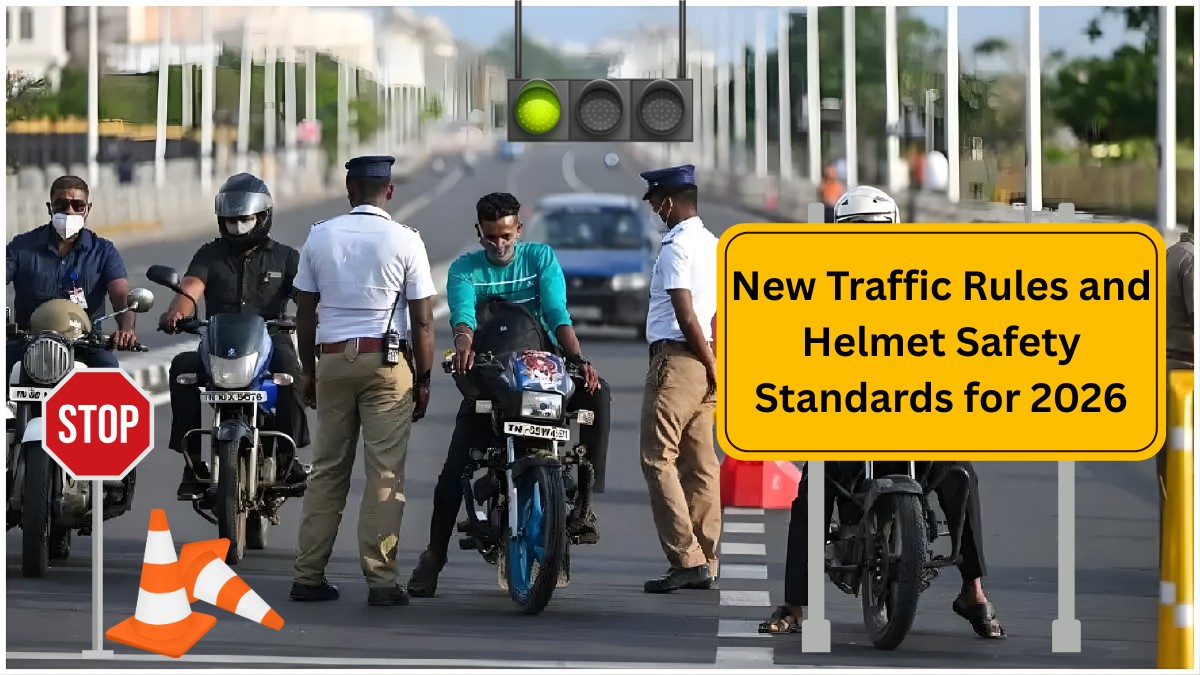
New Traffic Rules and Helmet Safety Standards for 2026: What Every Rider Must Know

Top 10 Bikes Set to Launch in 2026 | Upcoming Models
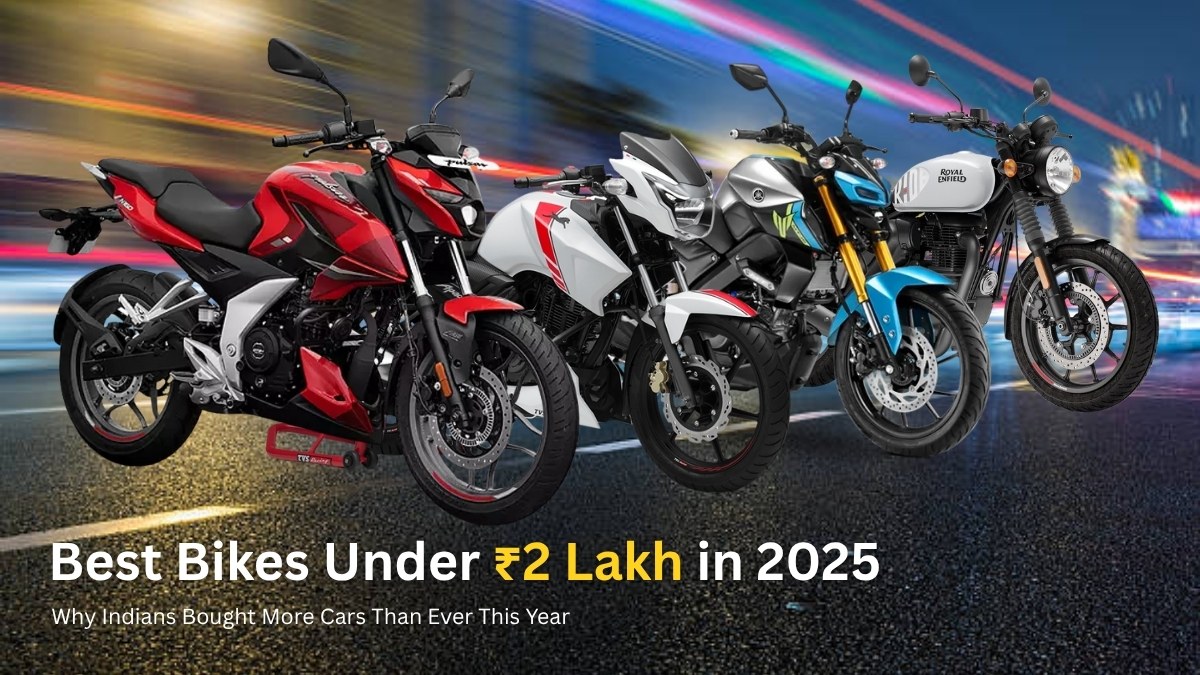
Best Bikes Under ₹2 Lakh in 2025: Performance vs Mileage Showdown
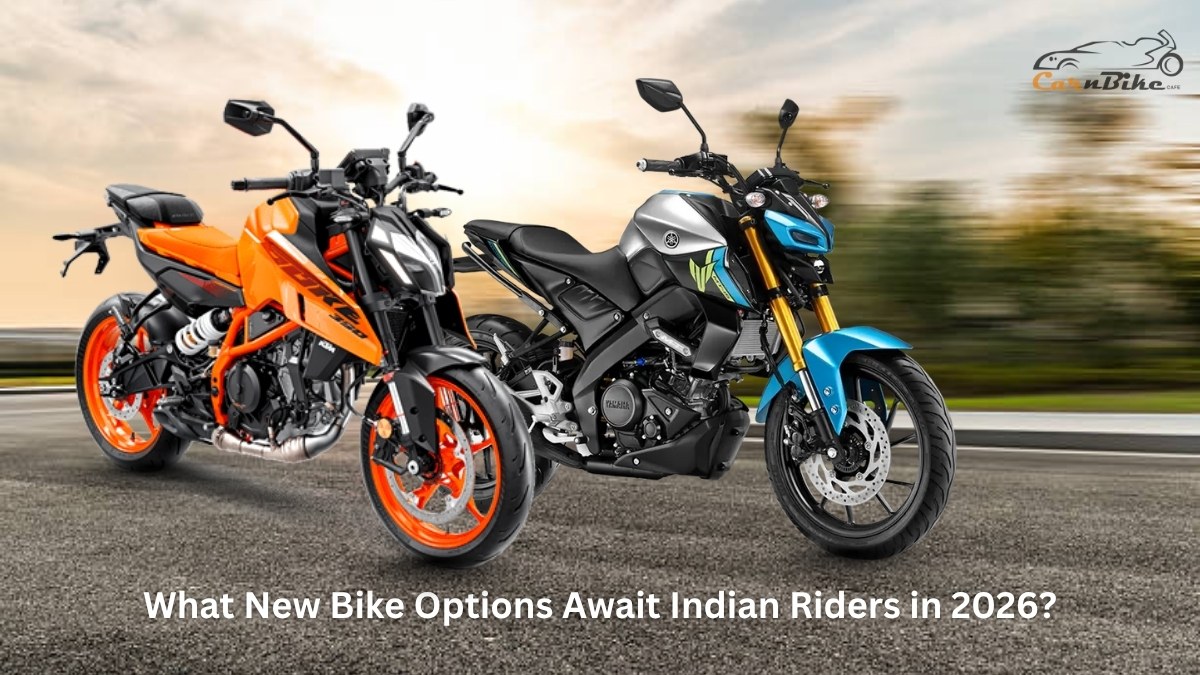
What New Bike Options Await Indian Riders in 2026?
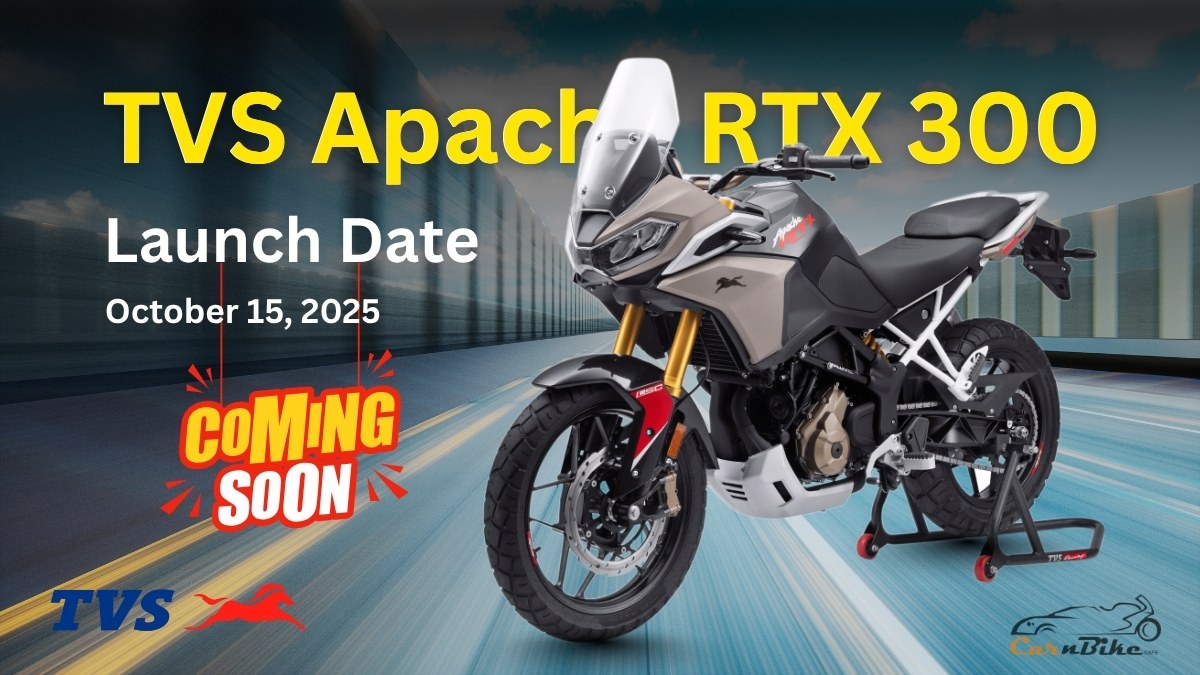
TVS Apache RTX 300: The Affordable Adventure Bike Revolution in India?
